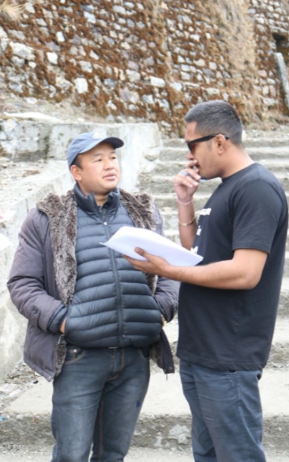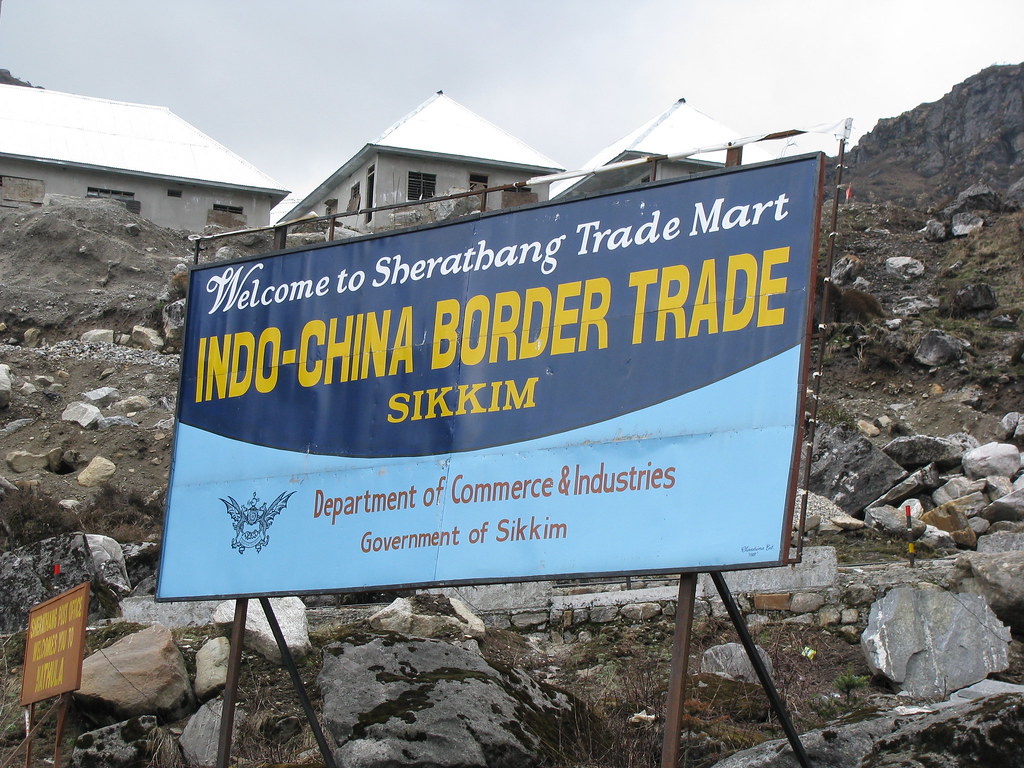In the high mountains where India and China meet, long-standing disputes over borders have often led to standoffs and clashes, creating a shadow over relations between these two giant nations. From the 1962 war to more recent face-offs in places like Galwan Valley in 2020, the shared frontier has been a source of mistrust and military buildup. Yet, amid these challenges, a quieter path to easing strains has emerged: cross-border trade.
Specifically, reopening trade routes like the Nathula Pass in Sikkim and exploring similar options in Arunachal Pradesh could foster economic ties that bind the two countries closer, reducing the urge for conflict. This approach draws on the idea that when people and businesses exchange goods freely, governments find it harder to sustain hostility. As of September 2025, with fresh agreements to restart trade after a five-year pause, there is renewed hope that commerce can pave the way for peace.

Historically, the Nathula Pass, sitting at over 14,000 feet in Sikkim, has been more than just a mountain trail. It was part of the ancient Silk Road, linking Indian traders with those in Tibet for centuries, carrying tea, spices, and wool. Closed after the 1962 war, it reopened for trade in 2006, symbolizing a thaw in relations. Before the pandemic and border clashes halted it in 2020, the pass handled a modest but growing volume of goods. Indian exports included items like blankets, shoes, and vegetable oil, while imports from China featured goat skins, raw silk, and yak tails. By 2019, the annual trade value reached about 20 million US dollars, though this was far below potential due to restrictions on what could be traded—limited to just 29 items from India and 15 from China. The pass operates seasonally from May to November, avoiding harsh winters, and involves local traders who cross daily with permits.
Fast-forward to 2025, and the landscape is shifting. In August, during a visit by Chinese Foreign Minister Wang Yi, both sides agreed to resume trade at Nathula, along with Shipki La in Himachal Pradesh and Lipulekh in Uttarakhand. This marks the first reopening in five years, driven partly by global pressures like US tariffs under President Trump, which have pushed India and China to seek stability in their bilateral ties.
Local traders in Sikkim have welcomed the move, with one saying, “It brings hope for us,” as it revives livelihoods stalled by the closure. Sikkim’s government is taking bold steps, including infrastructure upgrades like better roads and checkpoints, to boost not just trade but also tourism. In Arunachal Pradesh, while no formal pass like Nathula exists for trade yet, discussions have touched on similar border points, such as near Tawang, where informal exchanges once occurred. Expanding trade here could mirror Nathula’s model, focusing on local goods to build grassroots connections.
Economically, the benefits are clear and multifaceted. For Sikkim, a small state with limited industry, border trade injects direct income into border communities. Before the halt, it employed hundreds of porters, drivers, and merchants, with ripple effects on hotels and shops in Gangtok. Resuming operations is projected to add millions to the local economy annually, especially if the item list expands beyond basics.
On a broader scale, India’s trade deficit with China stands at over 100 billion dollars in 2024, but border trade offers a balanced, small-scale counterpoint where exchanges are more equitable. China gains access to Indian agricultural products, while India imports affordable raw materials. Commentators note that this could stimulate regional development, with Sikkim eyeing global tourism boosts from sites like Doklam and Cho La, now opening for visitors. In Arunachal, where infrastructure lags, trade could fund roads and power, turning remote areas into hubs of activity.
From an analytical standpoint, how does this trade actually defuse tensions? At its core, it creates interdependence. When businesses on both sides rely on each other for profits, any disruption—like a border skirmish—hurts everyone involved. This mutual vulnerability discourages aggressive moves.




 Dr. Jaimine Vaishnav is a faculty of geopolitics and world economy and other liberal arts subjects, a researcher with publications in SCI and ABDC journals, and an author of 6 books specializing in informal economies, mass media, and street entrepreneurship. With over a decade of experience as an academic and options trader, he is keen on bridging the grassroots business practices with global economic thought. His work emphasizes resilience, innovation, and human action in everyday human life. He can be contacted on jaiminism@hotmail.co.in for further communication.
Dr. Jaimine Vaishnav is a faculty of geopolitics and world economy and other liberal arts subjects, a researcher with publications in SCI and ABDC journals, and an author of 6 books specializing in informal economies, mass media, and street entrepreneurship. With over a decade of experience as an academic and options trader, he is keen on bridging the grassroots business practices with global economic thought. His work emphasizes resilience, innovation, and human action in everyday human life. He can be contacted on jaiminism@hotmail.co.in for further communication.